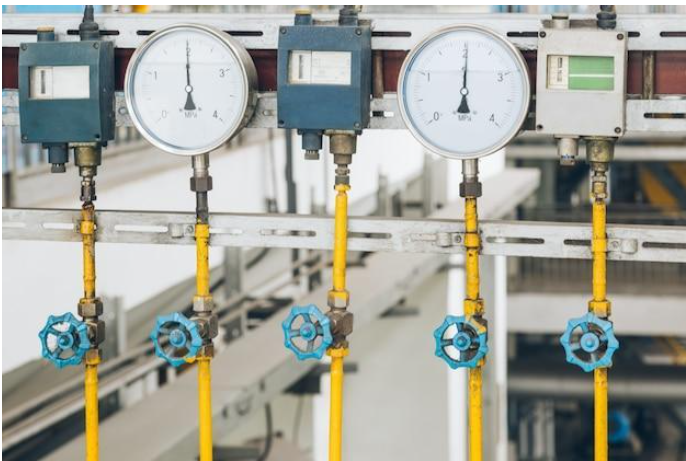In the high-stakes world of industrial operations, the humble safety valve plays a vital role in safeguarding against catastrophic failures and safeguarding the well-being of workers, the integrity of critical equipment, and the financial health of the organization. As a fundamental component of pressurized systems, safety valves are the unsung heroes that prevent disastrous consequences, ensuring that people, processes, and profits remain secure.
The Importance of Safety Valves
At the heart of any pressurized system, whether it’s a boiler, a chemical reactor, or a compressed air line, lies the potential for danger. When pressure builds up beyond safe levels, the consequences can be devastating like explosions, ruptures, and the release of hazardous materials can put lives at risk, cause extensive property damage, and result in costly downtime and legal liabilities. This is where safety valves step in, acting as the first line of defense.
Safety valves are designed to automatically open and release pressure when it exceeds a predetermined threshold, preventing the system from reaching critical levels. By relieving the excess pressure, these valves protect the equipment from structural damage and ensure that any potential hazards are contained and controlled, safeguarding both personnel and the production process.
Anatomy and Function of Safety Valves
Safety valves come in a variety of designs, each tailored to suit specific applications and pressure ranges. At their core, these devices typically consist of a valve body, a spring-loaded mechanism, and a nozzle or orifice that allows the pressure to be safely released.
When the pressure inside the system reaches the set point, the spring-loaded mechanism is activated, causing the valve to open and release the excess pressure. This release can be in the form of a controlled discharge, venting the pressure to a safe location, or a more dramatic full-open response in the case of a sudden, severe pressure spike.
The precise configuration and materials used in the construction of Safety valve equipment are critical to their performance and durability. Factors such as the type of fluid, the temperature range, and the operating pressure all play a role in the selection and installation of the appropriate safety valve for a given application.
The Impact of Safety Valves on Profitability
While the primary purpose of safety valves is to safeguard personnel and equipment, their impact on a company’s bottom line cannot be overlooked. By preventing catastrophic failures and the resulting downtime, safety valves play a crucial role in maintaining production efficiency and preserving profitability.
Consider the potential costs of a major equipment failure or a hazardous material release – the repair or replacement expenses, the lost revenue from production interruptions, and the legal and regulatory penalties that may arise. These can quickly add up to staggering sums that can have a devastating impact on a company’s financial health.
Conclusion
In the high-stakes world of industrial processes, safety valves are the unsung heroes that protect people, safeguard critical equipment, and preserve the financial health of organizations. By understanding the importance, function, and maintenance of these vital components, plant operators can ensure that their operations run smoothly, efficiently, and above all, safely. As the industry continues to evolve, the role of safety valves will only become more crucial, making them an indispensable part of the modern industrial landscape.
